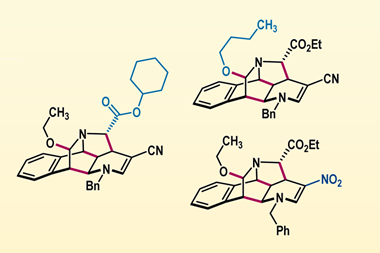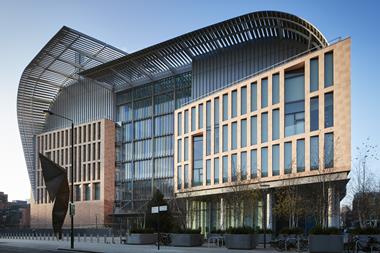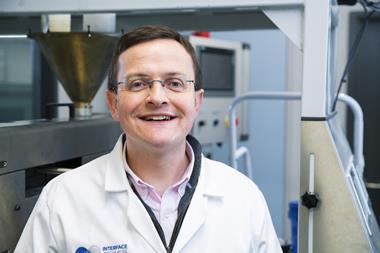Concern as nitrogen trifluoride production stepped up
A new study indicates that the environmental levels of nitrogen trifluoride (NF3), a powerful greenhouse gas, should be monitored.
NF3 was missed out of the last Kyoto protocol in 1997 as it as it was only made in small amounts for niche markets such as rocket fuel and lasers. But since then use of the chemical has dramatically increased thanks to its key role in making plasma screens.
The study, by Michael Prather at the University of California, Irvine, calculates NF3 to have a global warming potential of higher than all but one of the greenhouse gases currently covered by the Kyoto protocol - with a single tonne of NF3 being equivalent to 17,200 tonnes of CO2 when compared over a 100 year period. Prather concludes that the gas should be included in national inventories of greenhouse gases as well as being measured in the atmosphere.
’There is no doubt that NF3 is a very potent greenhouse gas,’ says Jim Haywood, an expert in atmospheric chemistry at the UK Met Office. ’This is because it absorbs infra-red radiation at wavelengths where there is little other atmospheric absorption, making it incredibly efficient at trapping heat. In addition, the lifetime of NF3 in the atmosphere is around 550 years - so once in the atmosphere it exerts its powerful greenhouse effect for a long time.’
Growing demand
NF3 is used to clean the millions of pixel-sized plasma cells that make up plasma screens, ensuring that they can fluoresce brightly. Any residual silicon by-products left over in the cells after manufacture are attacked by fluorine radicals from the NF3, converting them into volatile gases that can be easily removed.
The leading manufacturer of NF3 in the world is Air Products - which has plans to increase annual production to 3,200 tonnes by 2009. This would put global NF3 production equivalent to approximately 67 million tonnes of CO2, around the same emissions as two large coal-burning power stations.
However, NF3 should not have such a serious impact since most industrial processes efficiently mop up the gas during use. Before NF3, perfluoroethane (C2F6) was the most commonly used gas to make plasma screens. Although C2F6 is a less potent greenhouse gas, manufacturing processes were inefficient and around 65-70 per cent of the C2F6 could escape into the atmosphere.
’It was determined that using NF3 instead of C2F6 was the best way to reduce greenhouse gas emissions,’ says Robert Brown, a spokesman for Air Products. ’This is due to the very high destruction efficiency of NF3 of greater than 98 per cent - which means that less that 2 per cent of NF3 can find its way into the atmosphere.’
Disputed figure
But other studies have questioned this figure and the exact extent of escaped NF3 will not be known until atmospheric studies have been performed, says Piers Forster, a lead author on the Intergovernmental Panel for Climate Change’s 2007 report.
’Given how much the industry is currently using, it is likely that some NF3 gets into the atmosphere, but we don’t know how much,’ Forster told Chemistry World. ’We should now see whether we can detect it in the atmosphere and at what levels.’
Even if NF3 were to be brought under the Kyoto protocol - which is due for renegotiation at the Copenhagen meeting at the end of 2009 - the price of plasma screens is unlikely to increase. This is because the major plasma screen manufacturers already meet Kyoto requirements by tracking their NF3 emissions under a voluntary agreement with the US Environmental Protection Agency.
Another aspect to consider is how much NF3 production is likely to increase in the future. Since rival LCD screens are quickly improving in size and quality, demand for plasma televisions could dwindle. ’Plasma screens may be on the way out,’ acknowledges Forster, ’Nevertheless it is always useful to keep tabs on which chemicals are getting into our atmosphere.’
Lewis Brindley
References
Geo. Res. Lett., 2008, DOI: 10.1029/2008GL034542






No comments yet